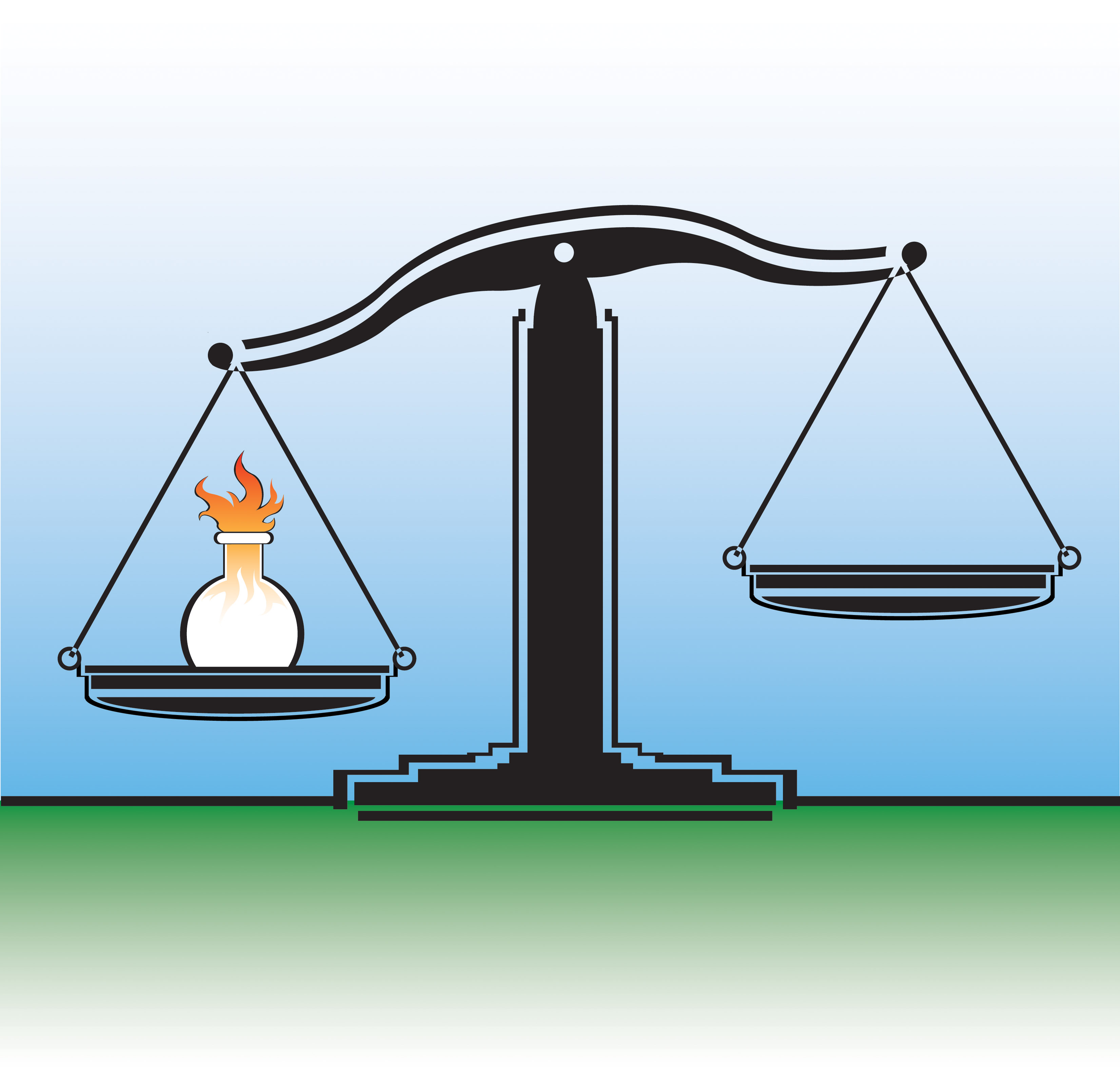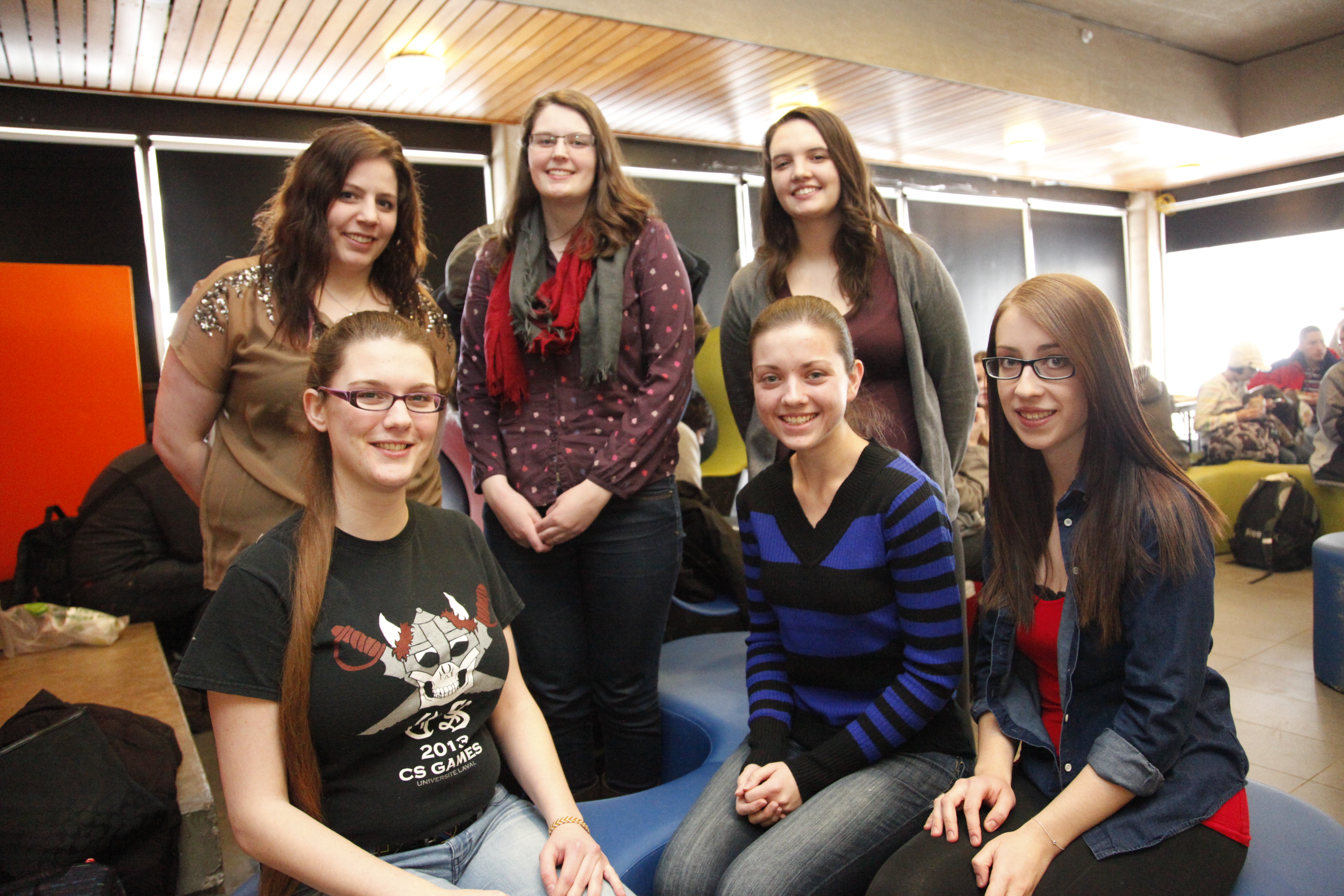The conflict between “left” and “right” runs deeper than opposing political camps each forging their own pugilistic paths toward social enlightenment. I’m referring, of course, to the battle being waged within your own skull. The left and right hemispheres of the brain (which control opposite side of the physical body) have a lot to teach us about conflict resolution and division of labor.
The amenable left hemisphere:
Leaving behind the typical “right as emotional, left as rational” view, University of Madison-Wisconsin psychologist Richard Davidson suggests that each half of the brain has other very important functions. He observed that patients with left hemisphere damage were at risk of becoming severely depressed, and that patients with right hemisphere damage were less likely to feel fear. Given these observations, he hypothesized that the right brain is responsible for producing positive emotions while the left-brain produces negative emotions. In addition to this, he speculated that the positive emotions of the left-brain are associated with approach behaviours, such as when animals move towards their prey. Conversely, the right hemisphere may be associated with avoidance behaviours, such as when animals escape from predators.
Davidson’s hypothesis was recently invoked to explain the findings from a somewhat bizarre study conducted in Italy by psychologists Daniele Marzoli and Luca Tommasi. These experimenters frequented a number of Italian discotheques over the course of a year, asking club-goers if they could bum a cigarette. The loud music of the discotheque allowed the researchers to get right up close and direct their request into either the subject’s left or right ear. It turns out that they were more likely to obtain the cigarette if requests were made into the right ear, or were directed at the potentially more amenable left hemisphere. Once again, modern psychological science has given us a new tool for the manipulation of others. If you want to ask a favor of someone, you should try to lure them to a noisy environment and then direct your request into their right ear.
Traditional views:
While Davidson’s idea implicates both hemispheres in emotional processing, many other authors believe the right hemisphere to be the primary seat of emotional experience. Studies show that damage to the right hemisphere can render a patient unable to understand the emotional content of people’s speech and non-verbal communication. After reviewing the research, neurologist Rhawn Joseph noted that it is the right hemisphere that analyzes the meaning of “do you want to go outside?” to determine if the speaker wants you to join them “for a fun activity” or ”to duke it out.”
If the left hemisphere is “emotionally deficient,” the right is “verbally deficient.” In fact, it is the left hemisphere that is almost solely responsible for the comprehension and production of language. However, even though damage to the left brain often leaves patients with some type of speech impairment, many maintain the ability to both sing and to swear, indicating that these functions, though verbal in nature, may be a result of activity in the potentially more emotional right brain.
Evolutionary explanations:
This language-emotion dichotomy supports evolutionary explanations for hemispheric specialization presented in a recent issue of Scientific American by MacNeilage, Rogers, and Vallortigara. These researchers suggest that in many animals, the right hemisphere evolved to specialize in detecting and responding to novel and potentially dangerous events, such as when a predator is encountered. In support of this, experimenters have found that animals tend to respond more quickly to predators when they approach from the left than from the right. Humans also respond more quickly to unexpected visual stimuli with their left hand, even among right-handed individuals. (To test this out, try throwing something directly in the center of a friend’s visual field — something soft, for the love of god, throw something soft — and see which hand they use to block the object. Don’t tell them where you got the idea, just explain that it’s for the benefit of “science.”) MacNeilage and colleagues take the evidence to mean that the right hemisphere predominantly attends to important stimuli or events. Thinking back to Davidson’s interpretation of the right hemisphere as responsible for avoidance behaviours, this explanation fits well.
In contrast, MacNeilage and his colleagues suggest that the left hemisphere may be reserved for routine, patterned behaviours, such as those related to feeding. Support for this position has been marshaled from studies showing that predators strike at prey more often on their right side. In a sample of 75 whales, 60 had abrasions on the right jaw only, while the remaining 15 showed abrasions on their left side only. That these abrasions were likely made as a result of feeding behavior led MacNeilage, Rogers and Vallortigara speculate that “right-jawness” may be analogous to humans’ “right-handedness,” and that during the course of evolution, the right hand became increasingly preferred as more complex feeding and tool-making procedures were required.
The forest and the trees:
The perception of predators by the right hemisphere is likely enhanced by its “global processing strategy.” Psychologist Dean Delis of the University of California —San Diego, believes that the right hemisphere tends to see the whole picture (the “forest,” if you will) while the left hemisphere sees the parts (or the “trees”). Delis tested this hypothesis by having experimental participants copy a drawing of a lot of tiny capital letter A’s arranged into the shape of a capital H. Individuals with right hemisphere damage processed the “trees” only — or the individual letter A — and randomly distributed these around the page in their drawing, as they did not perceive the larger H. In contrast, individuals with left hemisphere damage only perceived the “forest” – the larger H – and drew a simple line drawing of an H.
Split brains:
Each hemisphere’s particular functions become more apparent in studies of “split brain” patients. These are individuals who have undergone surgery to disconnect the corpus callosum, which is a thick band of fibres connecting the left and right hemisphere and allowing them to communicate and coordinate thoughts, feelings, and actions. The surgery is done only in cases of severe epilepsy in order to prevent the spread of seizure activity across hemispheres, and it leaves the two hemispheres as essentially independent entities.
Researchers have studied these patients in depth to determine the specialized functions of each hemisphere. One of the most interesting findings from this literature is the presence of what scientist Michael Gazzaniga has termed the “interpreter,” which resides within the left hemisphere of your brain, and helps the two halves work as one.
A famous example of the interpreter at work comes from an experiment in which a split-brain patient’s left hemisphere (or right eye) was shown a picture of a chicken claw, while the right hemisphere (or left eye) was shown a picture of a snowy scene. He was then asked to choose items corresponding to what he had just seen. The right hand, controlled by the left hemisphere, correctly chose a chicken, while the left hand, also correctly, chose a shovel. Now, given that the right hemisphere is non-verbal, it was unable to communicate the reason for its choice. According to Gazzaniga’s book, The Mind’s Past, when asked why he’d made the choices he had, the patient said “Oh, that’s simple. The chicken claw goes with the chicken, and you need a shovel to clean out the chicken shed.” As outside observers, we know that the right hemisphere had correctly chosen the shovel to correspond with the snowy scene it had seen, but the left-brain, unaware of this, simply generated a response with what information it had.
The study of split-brain patients has hinted at the independence of the two hemispheres (and thus the need for the interpreter to integrate experience). Roger Sperry — who won the Nobel Prize in 1981 for his work on split-brain patients — states in Brain and Conscious Experience that “everything we have seen indicates that the surgery has left these people with two separate minds, that is, two separate spheres of consciousness. What is experienced in the right hemisphere seems to lie entirely outside the realm of awareness of the left hemisphere. This mental division has been demonstrated in regard to perception, cognition, volition, learning and memory.”
The separation of the hemispheres is so extreme in some cases of split brain patients that it is readily apparent that each hemisphere has its own separate agenda. One woman tried repeatedly to light a cigarette with her right hand, only to have it removed from her mouth by the left. Another patient reported that when she had overslept, her left hand slapped her awake. Yet another reported that his left hand would turn off the television or change the channel during a program he (or his left hemisphere, more accurately) wanted to watch. Other patients report similar struggles while getting dressed, grocery shopping (the right hand placing items in the cart that the left hand removes), and even trying to go for a walk.
One of the most extreme examples of disagreement between the two hemispheres comes from renowned neuroscientist V.S. Ramachandran, who once examined a split-brain patient whose left hemisphere verbally claimed to be an atheist, while the right, through non-verbal communication, such as pointing, admitted to believing in God. He joked, “What will happen when this patient dies?” Will the right hemisphere proceed to Heaven unaccompanied by the left?
While the conflicted brain that is the result of split-brain surgery is incredibly rare, these patients have helped demonstrate that each hemisphere not only has a variety of specializations and capabilities that are lacking in the other, but also that each may have its own distinct personality, desires, values — even religious beliefs. Whether we, as individuals, tend rely on one hemisphere over the other may partially explain some of the deeper social conflict between left and right. At the very least it might explain why I’m holding this shovel but thinking about chickens.



